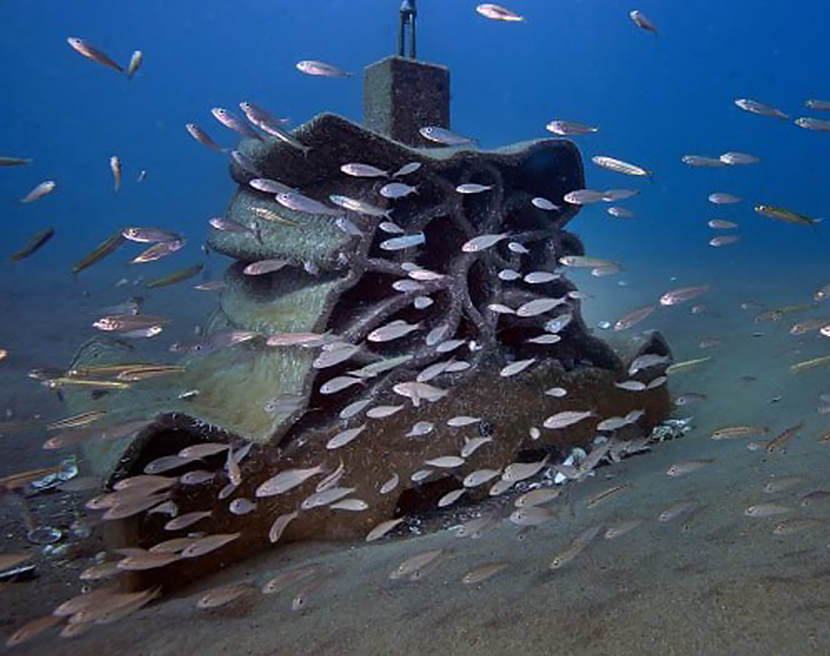On Thursday, the officials announced that the US Virgin Islands will soon build its first artificial reef to boost coastal protection against future storms.
According to the island's department of planning and natural sources, the 18-foot by 12-foot reef will be installed near the coast around St. Thomas and is expected to be completed by July.
US Virgin Islands to Build First Artificial Reef

Over $760,000 in federal funding will support the project awarded to the University of the Virgin Islands following the 2017 hurricanes Irma and Maria that devastated the US territory.
The department's commissioner, Jean-Pierre L. Oriol, said university officials will select the strongest specimens from over a dozen coral nurseries to attach to the artificial reef. He noted that the officials would work with the Woods Hole Oceanographic Institution in Massachusetts to create an environmentally sensitive design.
"The goal is to provide enhanced habitat for corals struggling from climate change and provide added shoreline protection as we work to restore natural coral reefs," Marilyn Brandt, project manager and a research professor at the University of the Virgin Islands, said.
According to Fox News, the US Virgin Islands initiated the project due to the rising water temperatures causing stronger Atlantic hurricanes.
US Military 'Reefense' Program
The US military intends to establish artificial reefs to safeguard coastal bases from storm surges amid rising sea levels and climate change. Three contracts have been given under the 'Reefense' program, which aims to bolster the protection provided by concrete breakwaters and human-built sea walls utilizing natural and manmade defenses.
The project comes after catastrophic events such as Hurricane Michael, a Category 5 storm that struck some of the Air Force's costly F-22 Raptor fighter jets in 2018. The hurricane also destroyed every building at Florida's Tyndall Air Force Base, resulting in $4.7 billion in damage overall.
According to Catherine Campbell of the US Defense Advanced Research Projects Agency, they are creating engineered reef-mimicking structures, hybrid biological and self-healing, with a living component to reduce coastal erosion and floods.
DARPA's Defense program envisioned an artificial structure that could disperse some of the power of incoming waves and storm surges. Furthermore, the program would enhance the capacity for coastal protection by creating an environment beneficial to the growth of oysters and corals on the artificial foundation.
Although natural reefs typically take five to ten years to develop fully, DARPA hopes these artificial reef structures will spur serious oyster and coral settlement within just a few years. Its plan could use new laboratory methods for growing corals and oysters.
One Rutgers University team in New Jersey has been awarded $4.5 million to build defenses modeled after oyster reefs in the Gulf of Mexico near Tyndall Air Force Base. More than $7.3 million was given to the University of Hawaii team to test out coral reef-promoting structures in the Pacific.
The University of Miami's third team received about $7.5 million to create an artificial reef using a different kind of coral for the Atlantic Ocean.
© 2025 HNGN, All rights reserved. Do not reproduce without permission.








